QuestionHello, I have been keeping Freshwater fish since I was 10 years old, started with a Betta,...then moved to a 5 gallon tank, then to a 10 and now jumped from 10 to a 33. I've had fish doing well in this tank for about 5 years. Until just last week I got an adoption fish from a local Pet store, the previous owners didn't mention that it had pop-eye, the pop-eye came back about 3 days after it was placed in my tank, as I don't have room for a quarantine tank..(stupid on my part I know.) I'm down to 4 fish out of the 26 I had, as that fish also had some fungus I did not notice at first, I've been medicating them with maracyn two but it seems to be making them worse. I have a good feeling that they aren't going to make it passed this week as none of them will eat and the fungus/pop-eye just keeps getting worse and worse not matter what I try.
I've been told to do a mixture of Pimafix and Melafix which didn't help either it only seemed to kill fish no matter how much I dosed it out exact, I have the 4 fish that are left in a 10 gallon tank and there is one Gourami who didn't get sick in my 33 gallon tank.
What I want to ask is if this fish do not make it. I would like to start either a 33 gallon salt or cichlid tank.
I have studied up a bit on salt water, but I was wondering if there is any way to do a simple set up for a 33 gallon tank. It is a cube shaped not long. I know I could have a limited amount of fish.
How do you measure out salt for that size, 33...it's odd. the salt either makes 10 gallons or 25 or 50 I don't know how to cut it down to measure. Any suggestions? I need instructions for full set up if possible. If it's way too much I'm thinking I will do an african cichlid tank.
AnswerHi Krysta. A 33 gallon tank is a good size to start with. You are going to want to totally clean out and reset your tank up using a crushed coral or aragonite type substrate. If you are planning on doing a fish only tank you may still want to invest in some live rock to add to your tank as well. You don't have to it is just a good way at keeping your water quality good. You can use the same filter however you should use one rated slightly higher than your tanks water capacity. A protein skimmer is also a good way to keep your tank cleaner, and you will probably want to get one to ensure the well being of your fish. You can use the same heater however I highly recommend that you have a submersible type heater as the salt water can get everywhere and they are much safer. You will need a hydrometer to measure the salinity of your water to get it to the right level. When you are filling up your tank with the water, use a bucket to measure exactly how much water you are putting into your tank. The gravel and rock or any decorations you may put in the tank will displace some of the water so you will not have exactly 33 gallons of water in your tank. You can add salt to the bucket at a rate of 1/2 cup of salt per gallon of water. Mix and dissolve the salt in the bucket before you put it into your tank. A five gallon bucket will get 2 1/2 cups of salt. It should only take a few minutes(5-10) to dissolve the salt enough to add it to your tank. Test the salinity of each bucket as you go along. If one five gallon bucket measures too high add a little less salt to the next one to even it out. Continue to do this until you have the tank full enough to run your filter and any other equipment that you may have but leave about a one inch space at the top. Give the tank a few hours of being up and running to ensure that all the salt has dissolved and that the temperature is where it should be. Temperature has a direct effect on salinity. The warmer the water the lower the salinity will go. Recheck the salinity after the water has come up to temperature. If it is too high(the salinity) add fresh water to fill it all the way up to the top and recheck. If it is too low add water with a higher salinity to balance it out. Always recheck the salinity to be sure you are at the right level. In the first few days you will want to test your water regularly for ammonia, nitrite, nitrate, pH, salinity and check to make sure the temperature is right. You will then need to begin the cycling process which is a whole other topic. I could sit and explain the whole process but I will have written a book by the time I am done! You should get yourself a good book on setting up a marine tank to help you along. If you would like you can always get to this point in your set up and let me know if you have any other questions. I will be glad to assist you as you go along and help talk you through the whole process. Once you get your tank up and running and your salt level(1.020-1.024), pH(7.8-8.2) and temperature(76-80 deg F.) correct, let me know and I will help you out with anything else you may need.

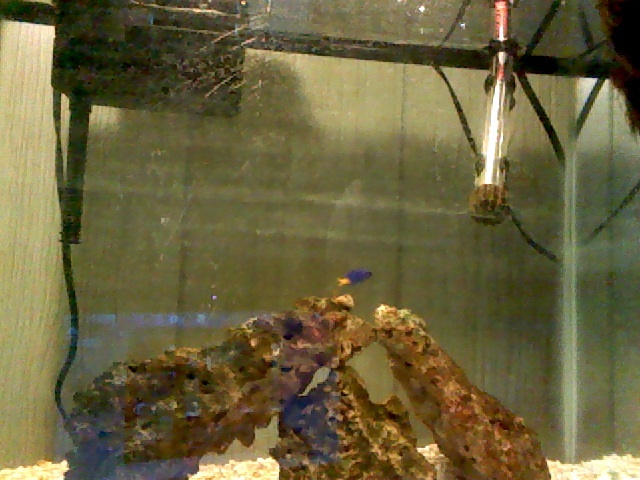 15 gallon marine tank
Question
my tank
hello, I have a 15 gallon FOWLR tank I
15 gallon marine tank
Question
my tank
hello, I have a 15 gallon FOWLR tank I
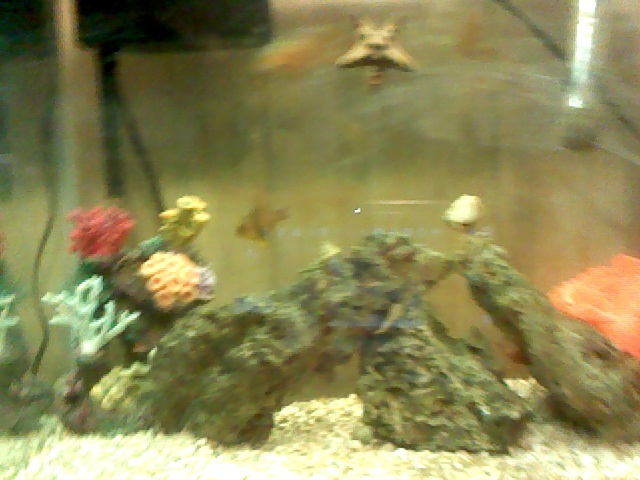 live rock
Questionmy tank
QUESTION: Hello, I have a 14 gal
live rock
Questionmy tank
QUESTION: Hello, I have a 14 gal
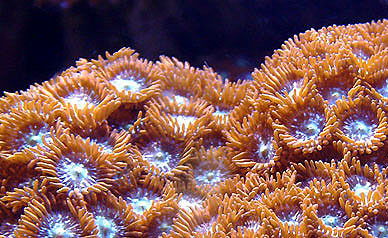 Adding a Falco
QuestionHi this is dave
I was thinking about adding a
Adding a Falco
QuestionHi this is dave
I was thinking about adding a
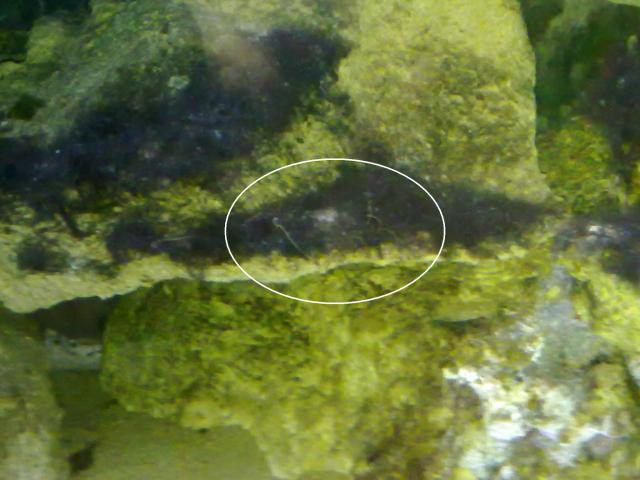 Funny orange fiberous worms in tank
Question
The pic of worms
Hi there, i have some fibrous
Funny orange fiberous worms in tank
Question
The pic of worms
Hi there, i have some fibrous
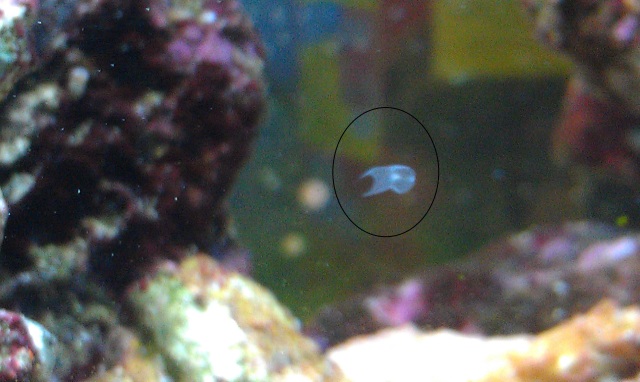 unknown creature
Question
unknow creature
I found these creatures
unknown creature
Question
unknow creature
I found these creatures